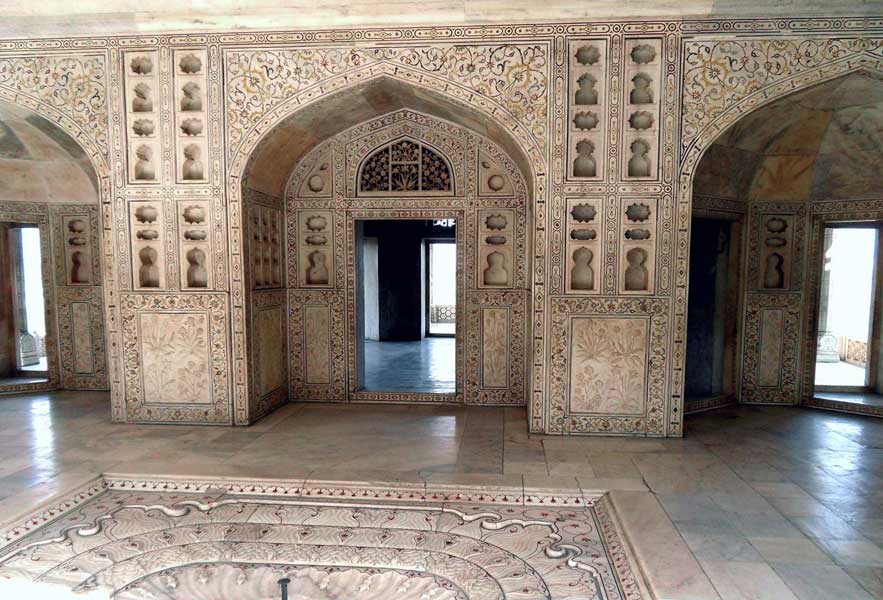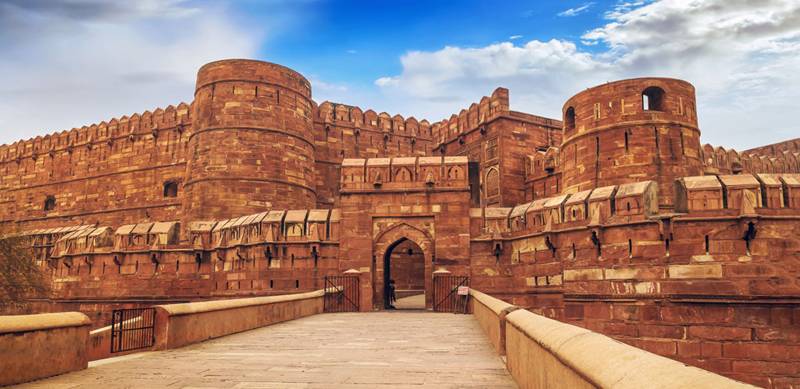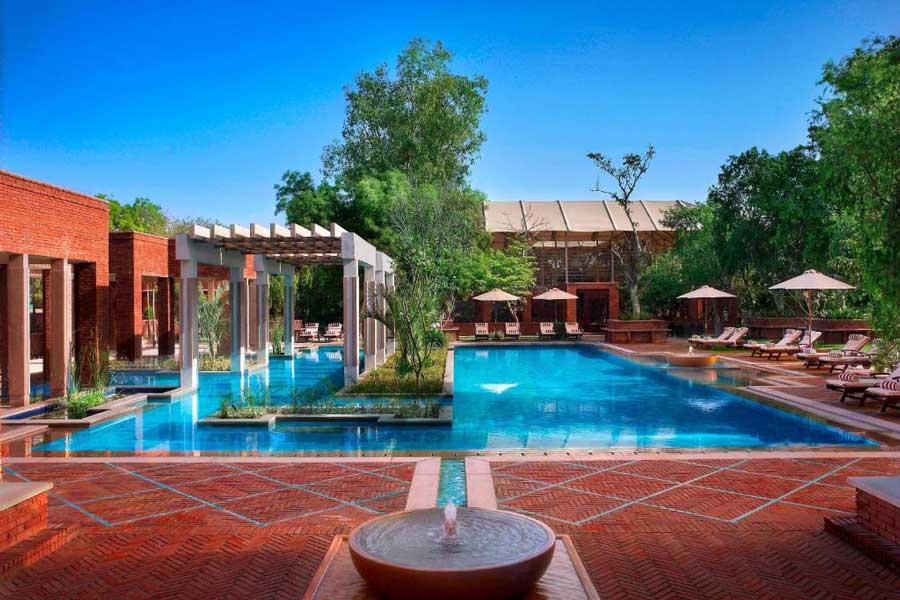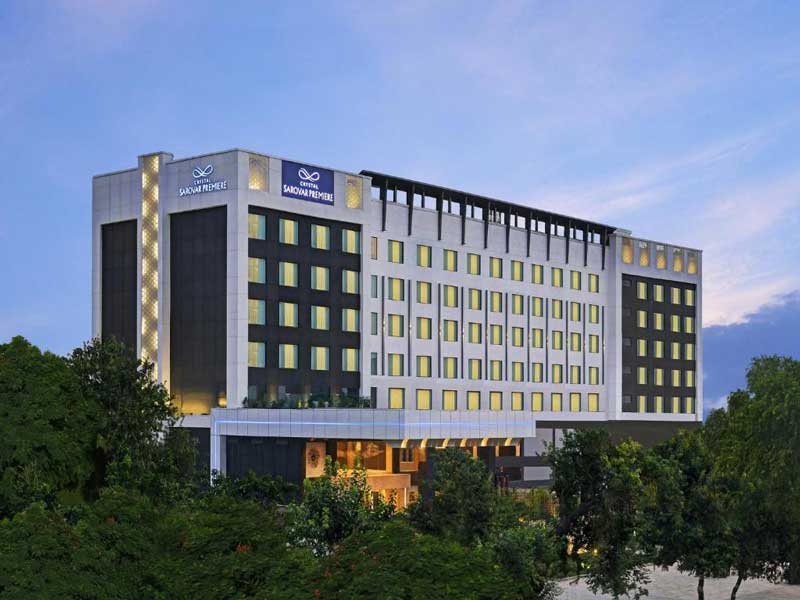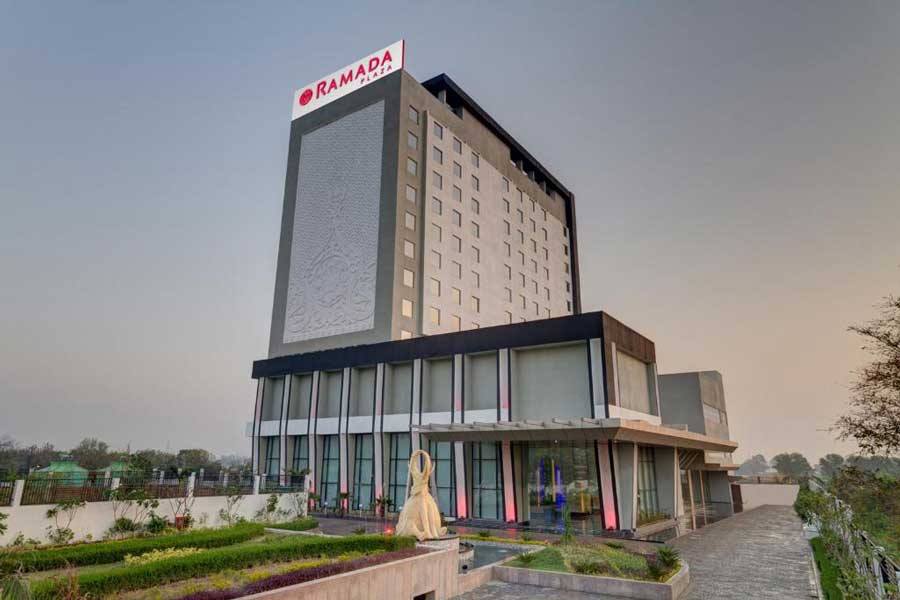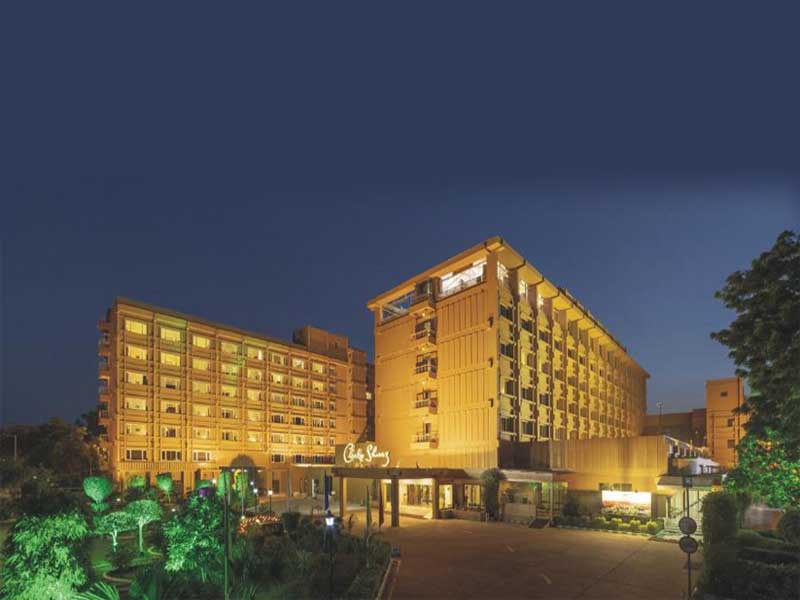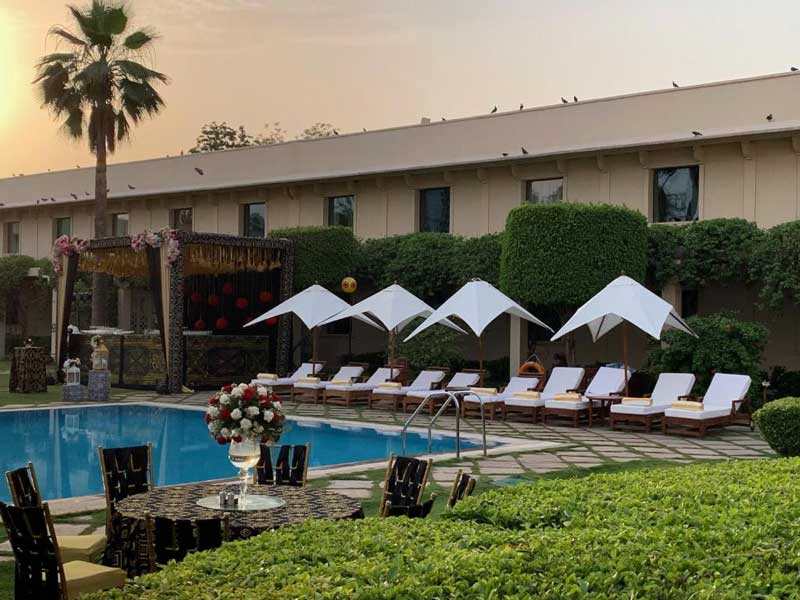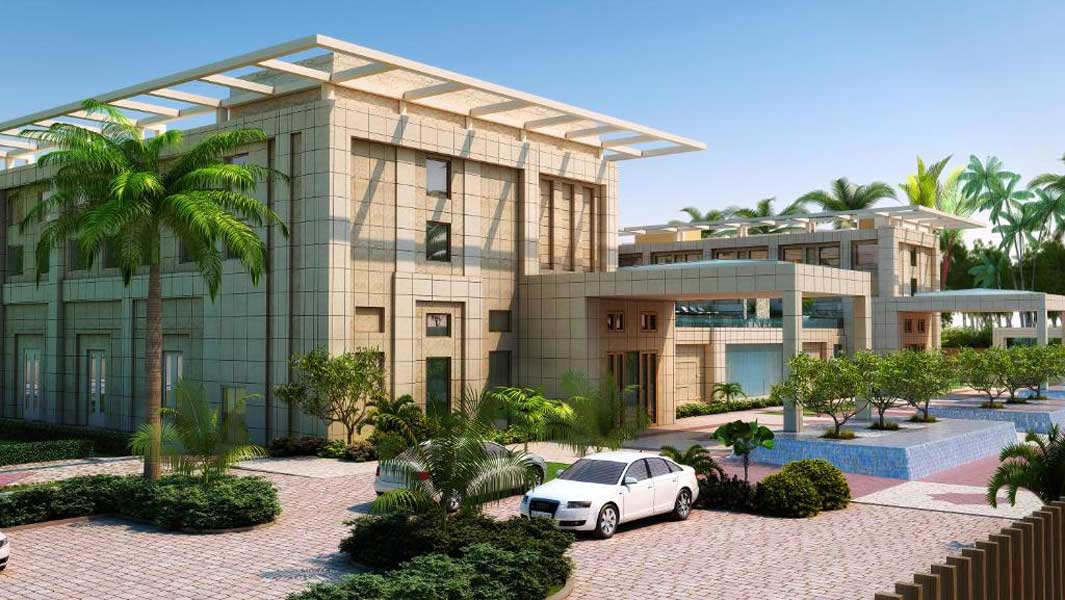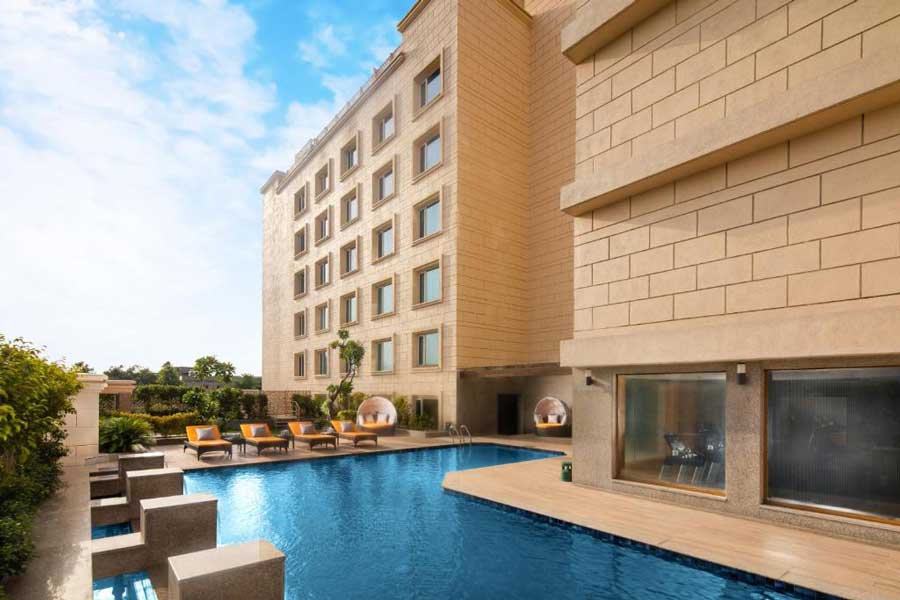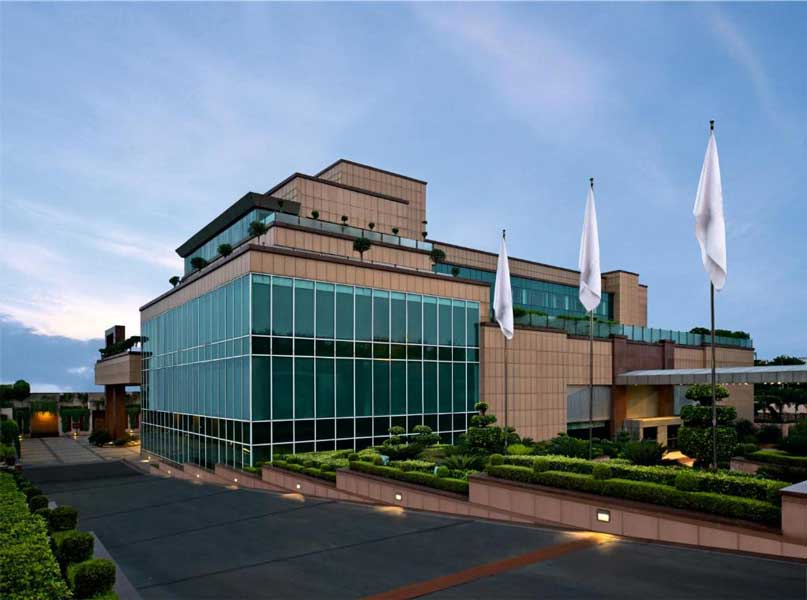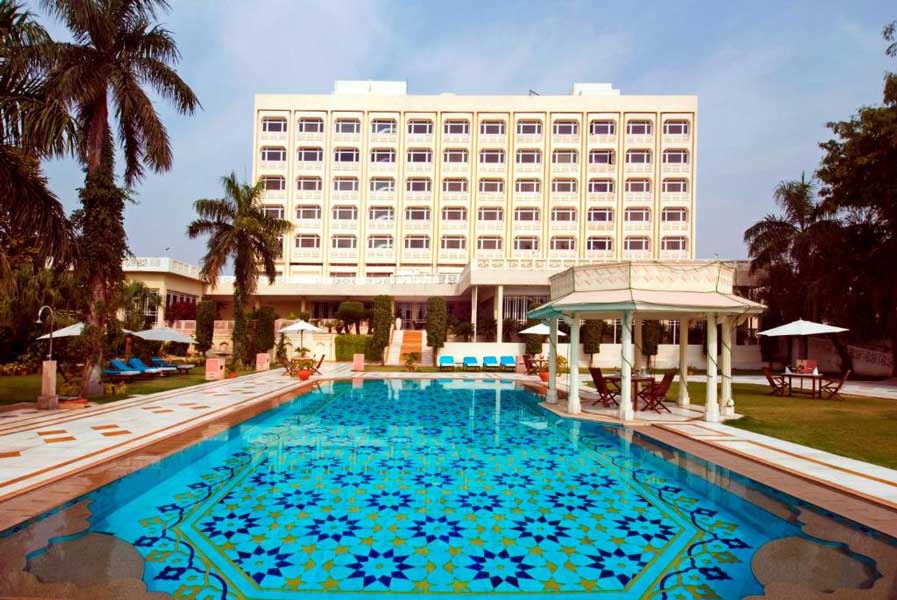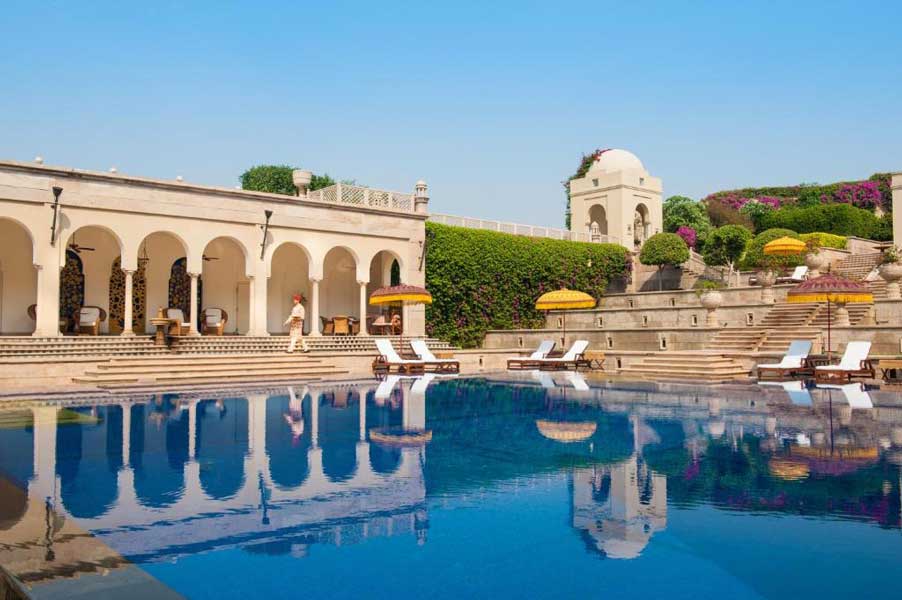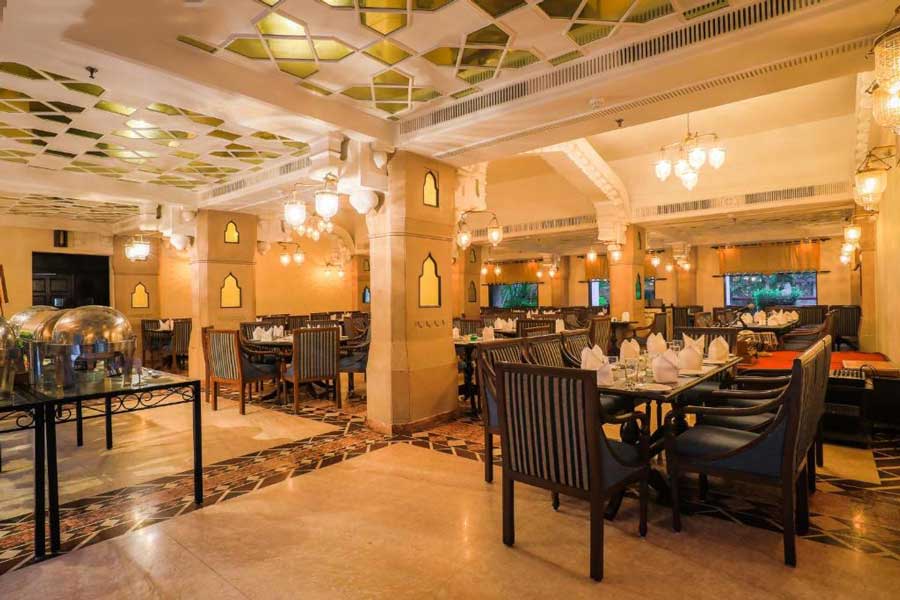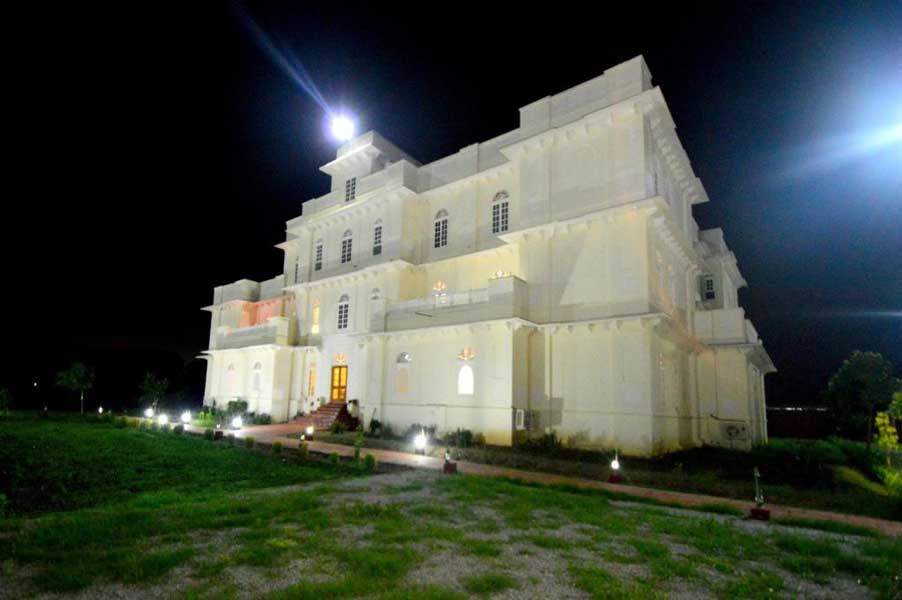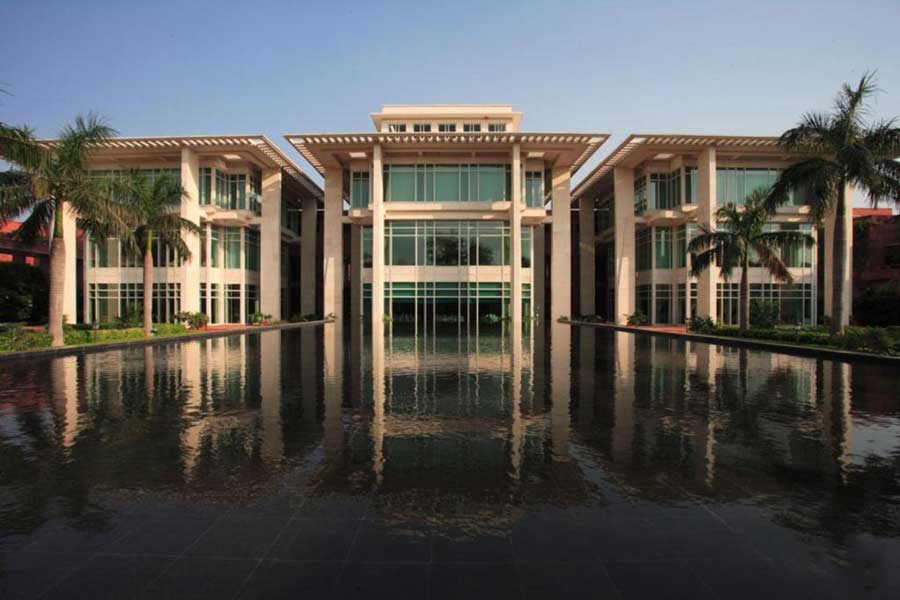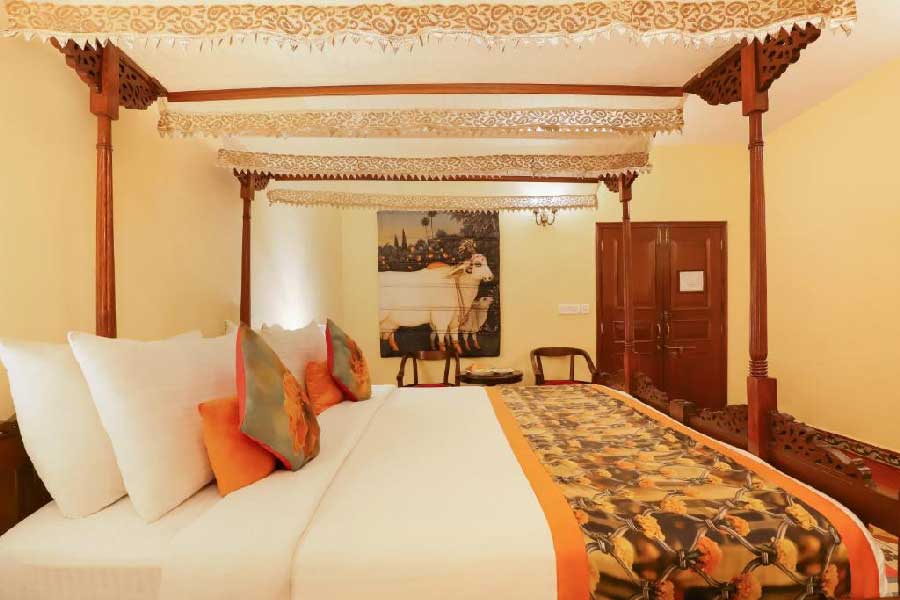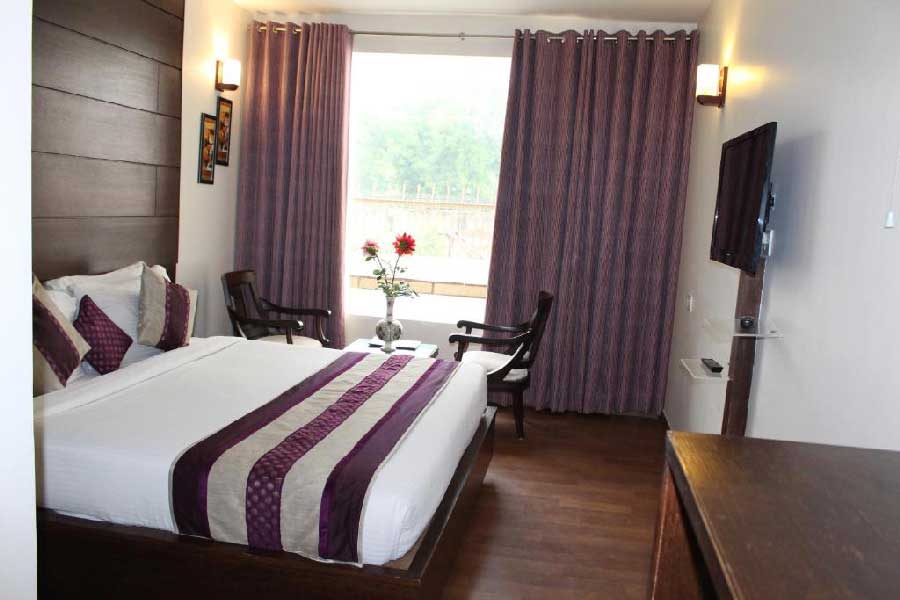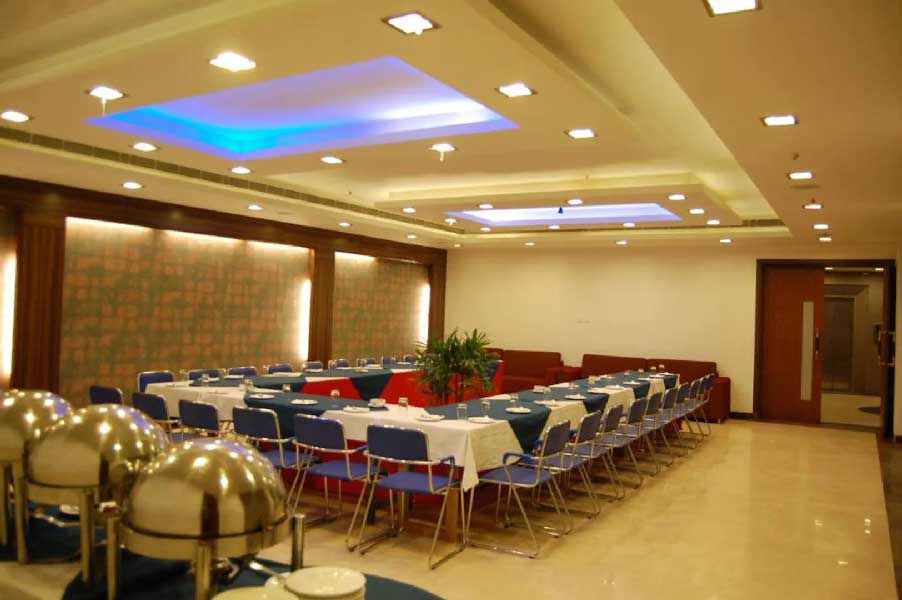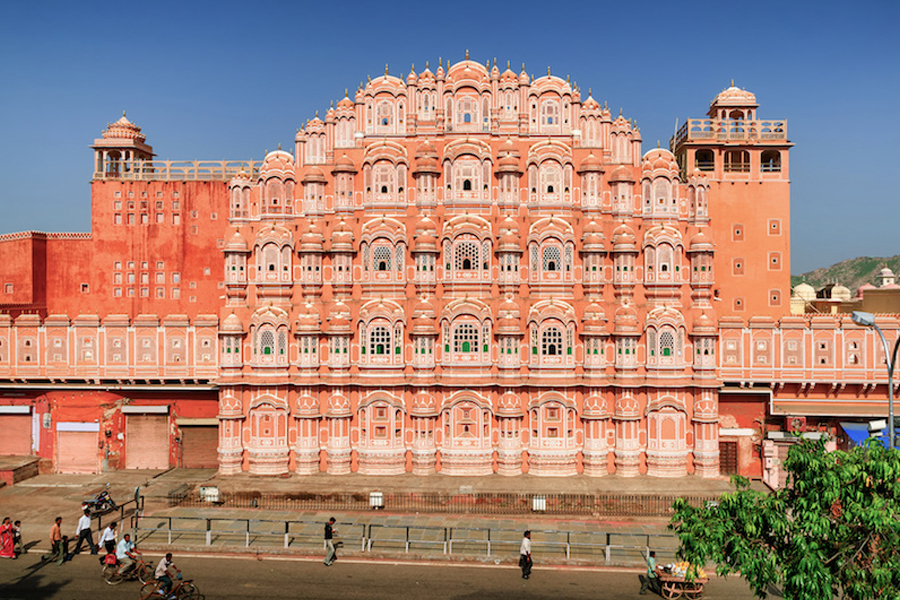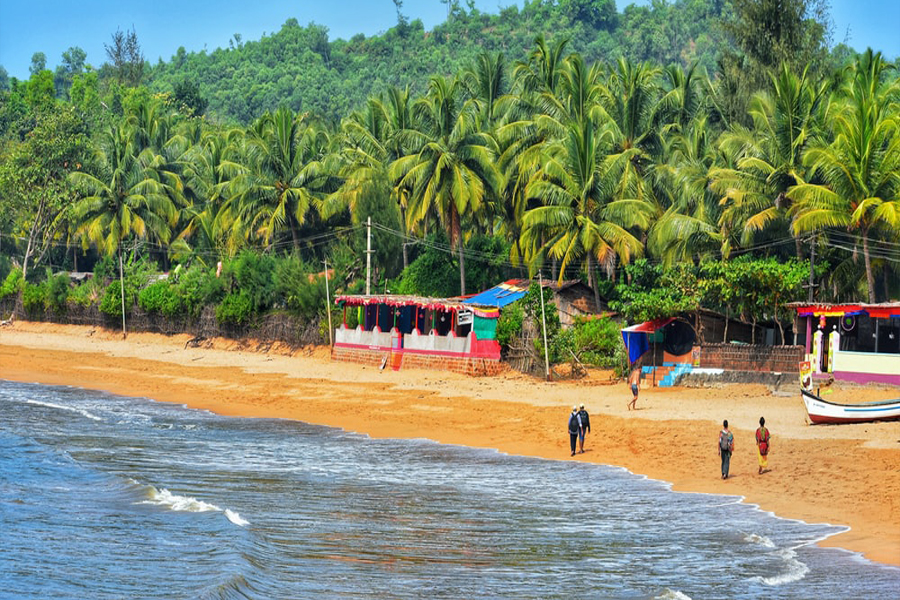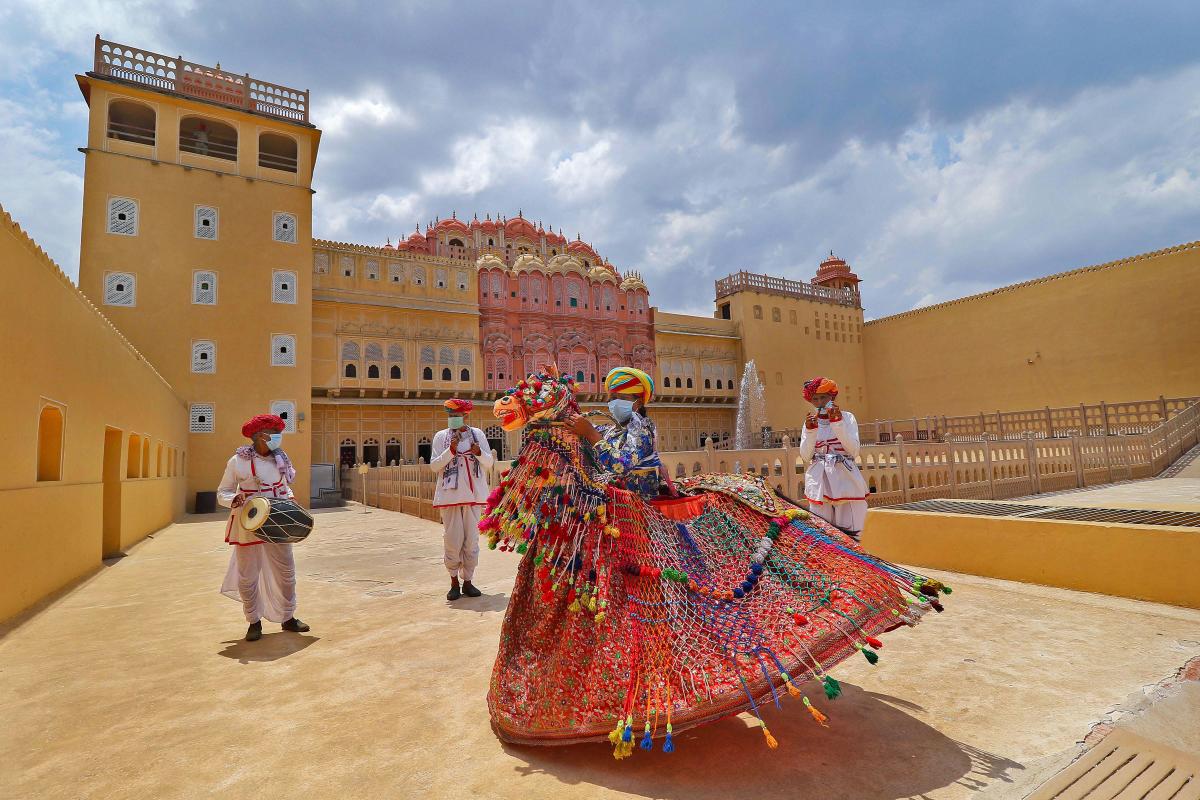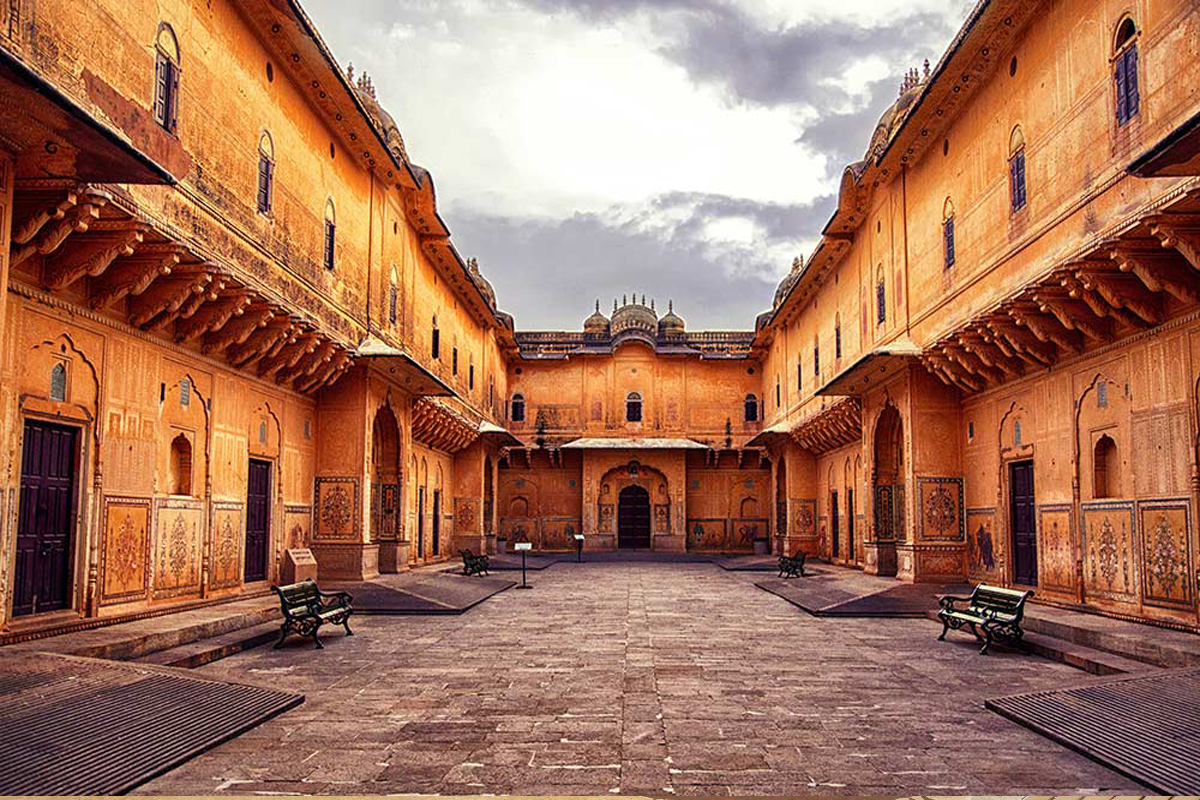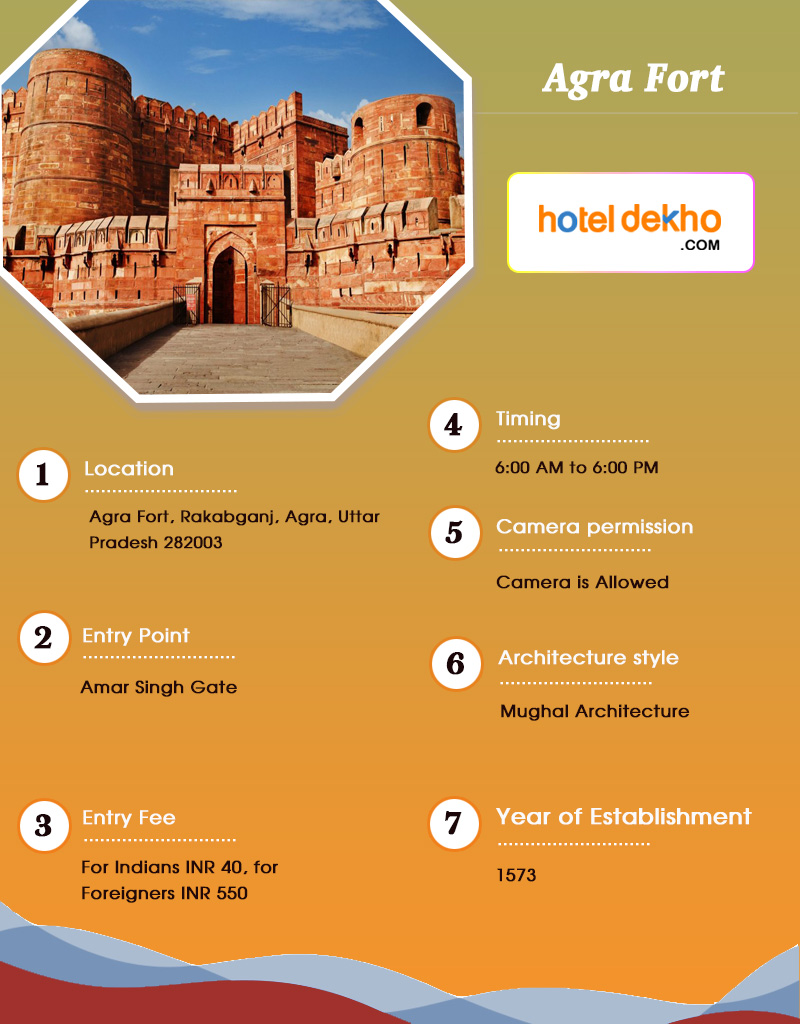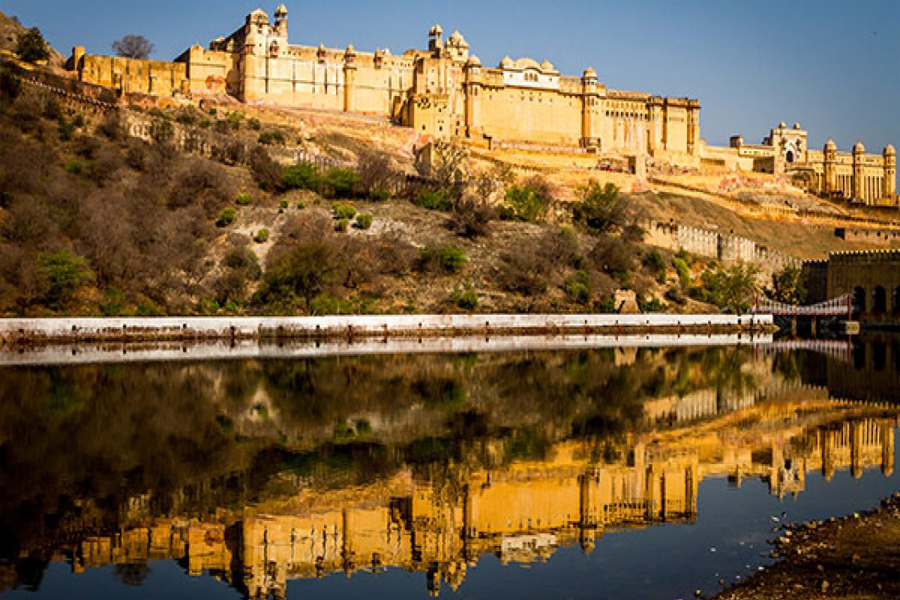Read More on Agra Fort
History
The Sultan of Delhi, Sikandar Lodi, was the first to relocate his capital from Delhi to Agra. His son Ibrahim Lodi ruled Badalgarh for nine years before succumbing in the first battle of Panipat. When Babur's son Humayun was dispatched to Agra, he took control of the Badalgarh Fort and seized a large treasure, including the famous Kohinoor diamond.
The Mughals ceased their ownership of the fort again after Humayun's loss to Sher Shah Suri. When Akbar landed at Agra, he immediately recognized the city's importance and declared it the capital. The ruins of the Badalgarh Fort were reclaimed by Akbar, who rebuilt it using Rajasthani red sandstone. It took 4000 workers and 4 years to finish it in 1573.
Architecture
The sumptuous Agra Fort was built by Mughal emperor Akbar in Mughal style and is made of red sandstone and marble. The fort is surrounded by enormous double battlemented walls composed of red sandstone and has the shape of a semicircle when viewed from above.
The perimeter of these walls is approximately 2 kilometers long and 70 feet tall. Delhi Gate, Ghazni Gate, Amar Singh Gate, and Hathi Pol are the four gates of the fort. The Delhi Gate, which served as Akbar's ceremonial gate, is the largest of these. Through the Amar Singh Gate, visitors enter the fort.
Activities
Light and Sound Show
The city of Agra hosts a nightly light and sound performance at the fort. The Agra Fort's light and sound performance take you on a visual trip through the historic past- Agra Fort built by Mughal emperor Akbar. It is one of Agra Fort's most popular attractions and is widely regarded as one of India's top light and sound shows.
Visit Jehangir Mahal
When you arrive at the Agra Fort from the Amar Singh Gate, the Jehangir Mahal is one of the first structures you'll see. After his father, Jehangir was Akbar's son and the Mughal empire's next ruler. Akbar developed the Jehangir Mahal as a woman's apartment next to Jodha Bai's chambers.
Musamman Burj
Shah Jahan also constructed the Musamman Burj. This octagonal tower has an open pavilion that allows the evening breeze to flow directly through it. This was the spot where Shah Jahan spent his final days, gazing out over the Taj Mahal, the tomb of his wife.
Not to forget the Moti Masjid
The Pearl Mosque, also known as the Agra Fort Mosque, is a stunning edifice. Visitors are not permitted to enter the mosque at this time. The Mina Masjid, which was Emperor Shah Jahan's shrine, is located next to the Moti Masjid.
Tips for visiting
- Prohibited items include food, booze, tobacco, headphones, knives, wire, mobile chargers, and electronic products (excluding cameras).
- When visiting this site, make sure you have your identification cards with you.
- Mobile phones must be turned off during Agra Fort timing.
- It is recommended that only licensed guides and photographers with identification cards be hired.
Best time to visit
Autumn and winter i.e; October to March are the best times to visit Agra because the heat has subsided and the weather is mild and ideal for touring. Spend a day strolling through the grounds of the Taj Mahal and taking in the splendor of this majestic masterpiece.
Nearby Atractions
- Jama Masjid (700 m)
- Taj Mahal (2.9 km)
- Sadar Bazaar (3.5 km)
- Itmad-ud-Dulah’s Tomb (3.5 km)
- Mehtab Bagh (5.5 km)
- The Red Taj (6.2 km)
- Sikandra Fort and Akbar’s Tomb (12.6 km)
Nearby market/ shopping places
test
Nearby Hotels
- Avadh Hotel (0.38 km)
- Ajay International Hotel (0.51 km)
- Hotel Marwari (0.54 km)
- Holiday Inn Agra MG Road (2.67 km)
- The Oberoi Amarvilas (3.00 km)
Interesting Facts About Agra Fort
- The Aga Khan Award for Architecture was given to Agra Fort built by Mughal emperor Akbar in 2004, and India Post issued a special stamp to honor the winners.
- When Shah Jahan chose to move from Agra to Delhi in 1638, he opted to create the Red Fort, based on the Agra Fort.
- The Agra Fort appears in Sir Arthur Conan Doyle's Sherlock Holmes mystery novel The Sign of the Four.


